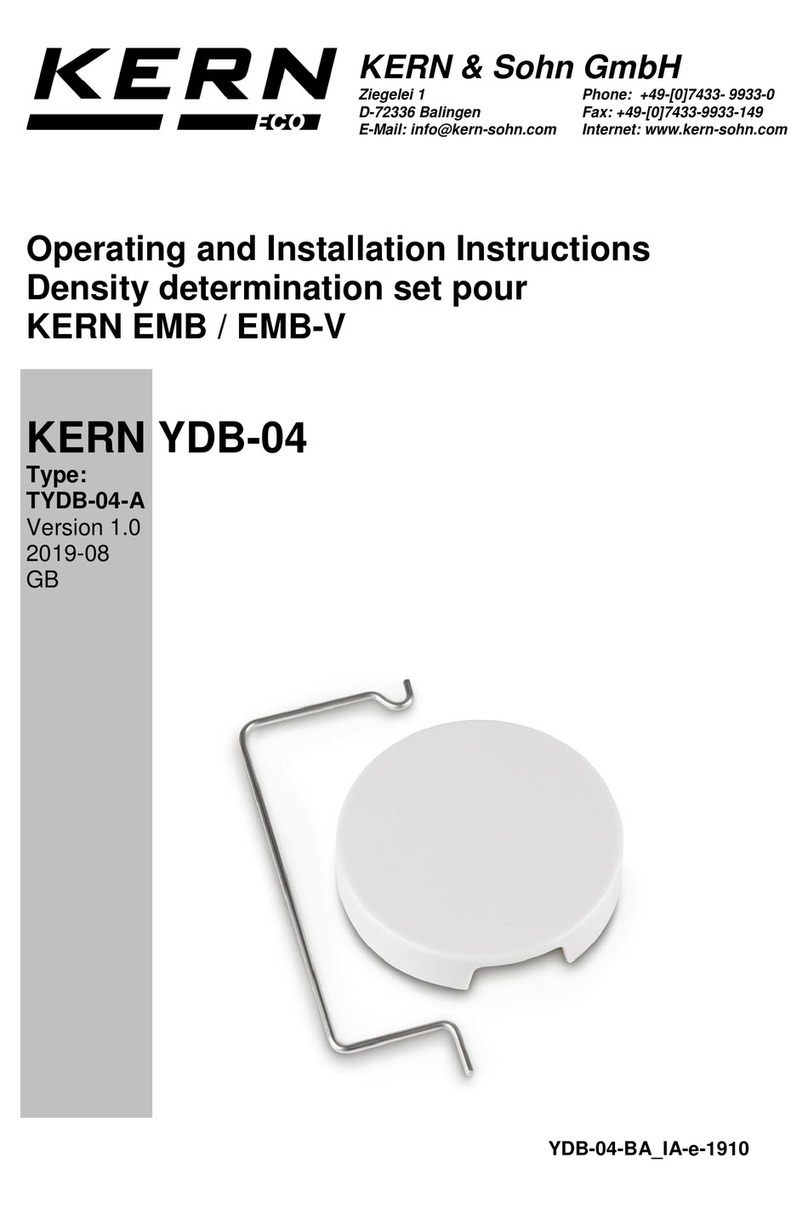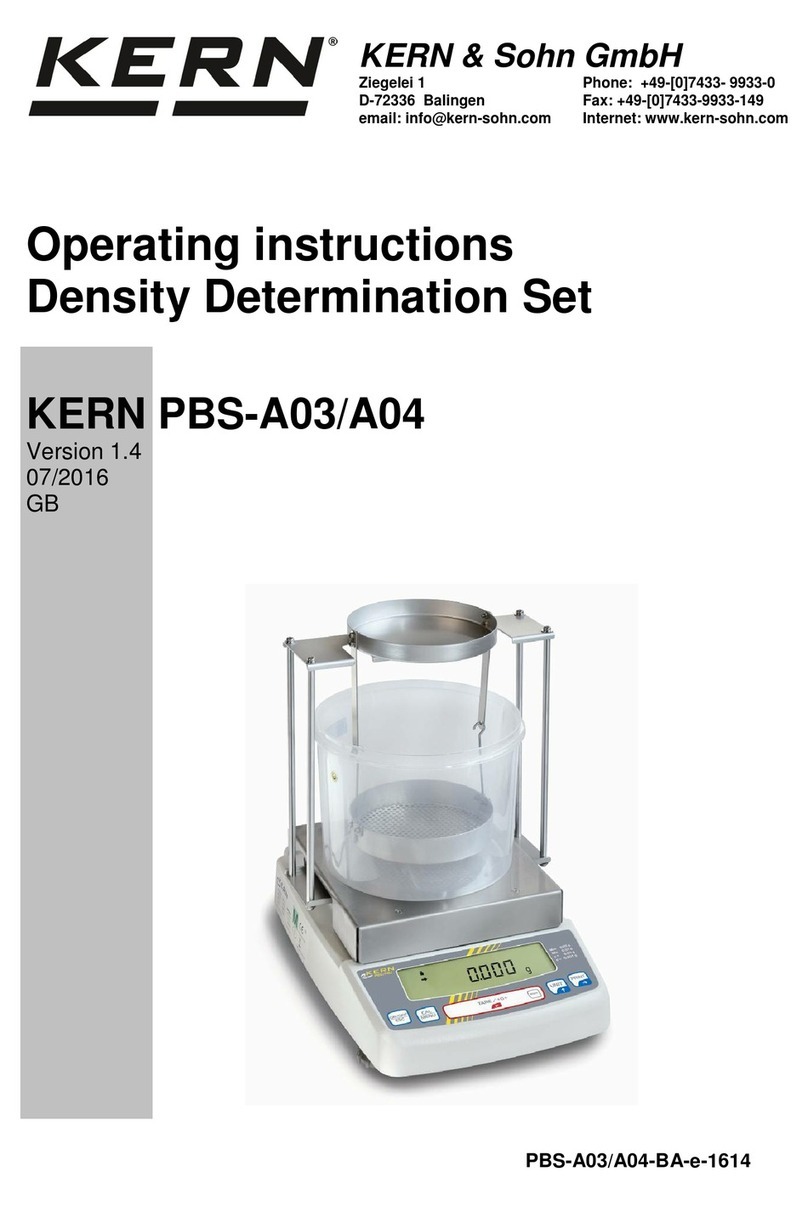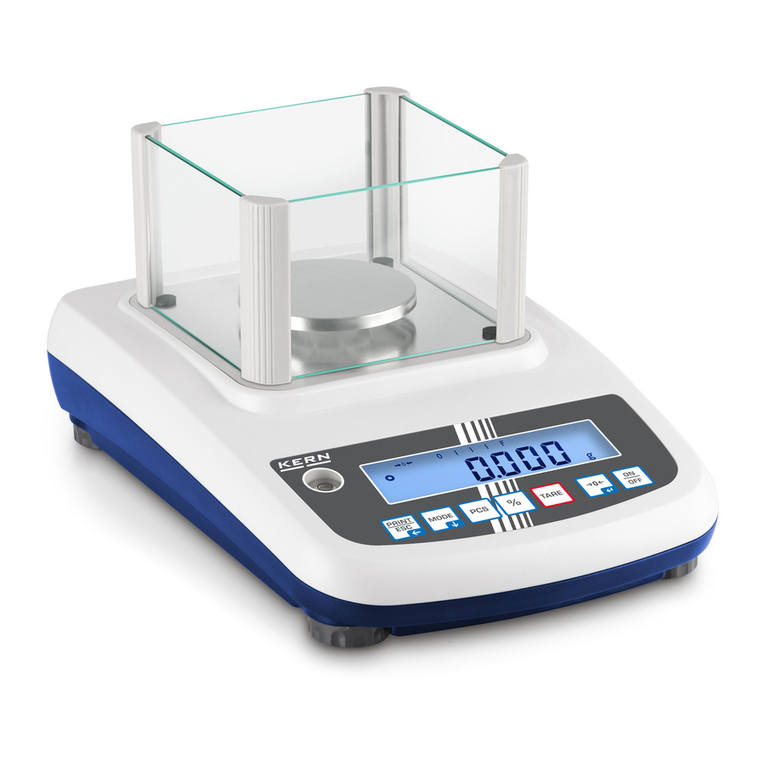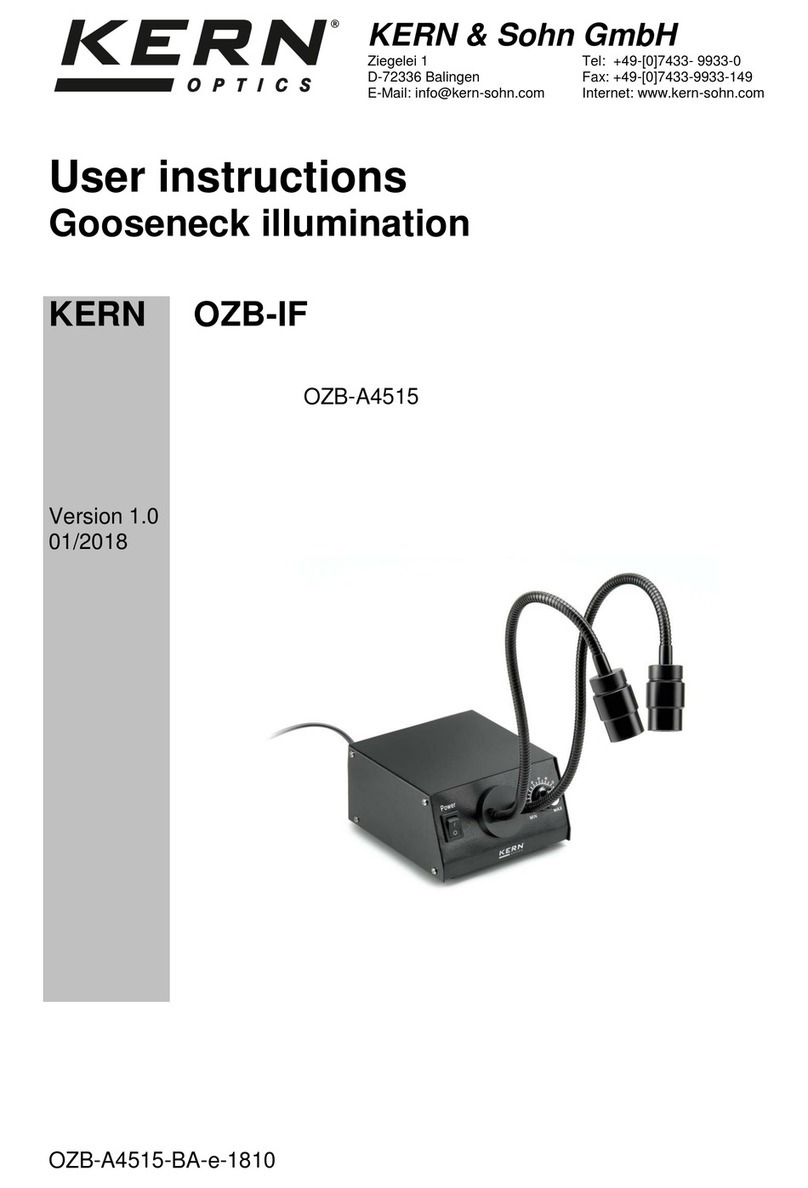Contents:
1INTRODUCTION ............................................................................................................................ 3
1.1 SCOPE OF SUPPLY.................................................................................................................... 3
1.2 DIMENSIONS............................................................................................................................. 5
2INSTALLING THE DENSITY DETERMINATION SET.................................................................. 6
3PRINCIPLE OF DENSITY DETERMINATION............................................................................... 8
3.1 INFLUENCING MAGNITUDES AND ERROR SOURCES...................................................................... 9
4DENSITY DETERMINATION OF SOLIDS................................................................................... 10
4.1 ACTIVATE FUNCTION............................................................................................................... 10
4.2 INPUT „DENSITY MEASURING LIQUID“ ....................................................................................... 11
4.3 MEASUREMENT „DENSITY SOLID MATERIAL“............................................................................. 12
5DETERMINING DENSITY OF LIQUIDS ...................................................................................... 13
5.1 VOLUME DETERMINATION OF THE SINKER................................................................................. 13
5.2 DENSITY DETERMINATION AT KNOWN VOLUME OF THE SINKER................................................... 14
6PRECONDITIONS FOR PRECISE MEASUREMENTS............................................................... 16
6.1 CALCULATION OF RESULTS..................................................................................................... 16
6.2 INFLUENCE FACTORS FOR MEASUREMENT ERRORS ................................................................. 17
6.2.1 Air bubbles....................................................................................................................... 17
6.2.2 Solid body sample ........................................................................................................... 17
6.2.3 Liquids.............................................................................................................................. 17
6.2.4 Surface............................................................................................................................. 17
6.2.5 Sinker for liquid density measurement ............................................................................ 17
6.3 GENERAL INFORMATION.......................................................................................................... 18
6.3.1 Density / Relative Density................................................................................................ 18
6.3.2 Drift of Balance Display ................................................................................................... 18
7DENSITY TABLE FOR FLUIDS................................................................................................... 19
8UNCERTAINTY OF MEASUREMENT FOR DENSITY DETERMINATION OF SOLIDS............ 20
9USER INSTRUCTIONS................................................................................................................ 21































